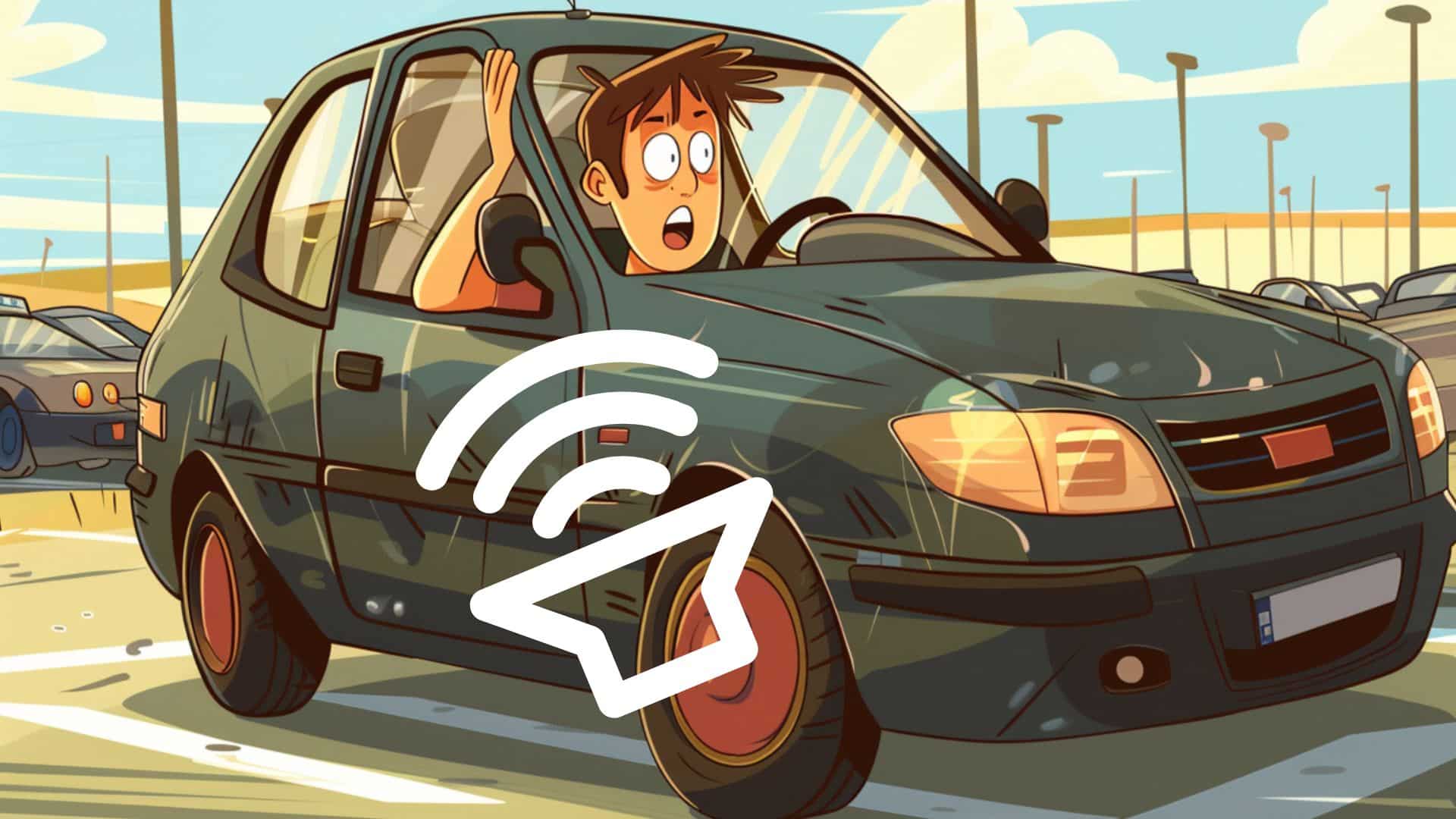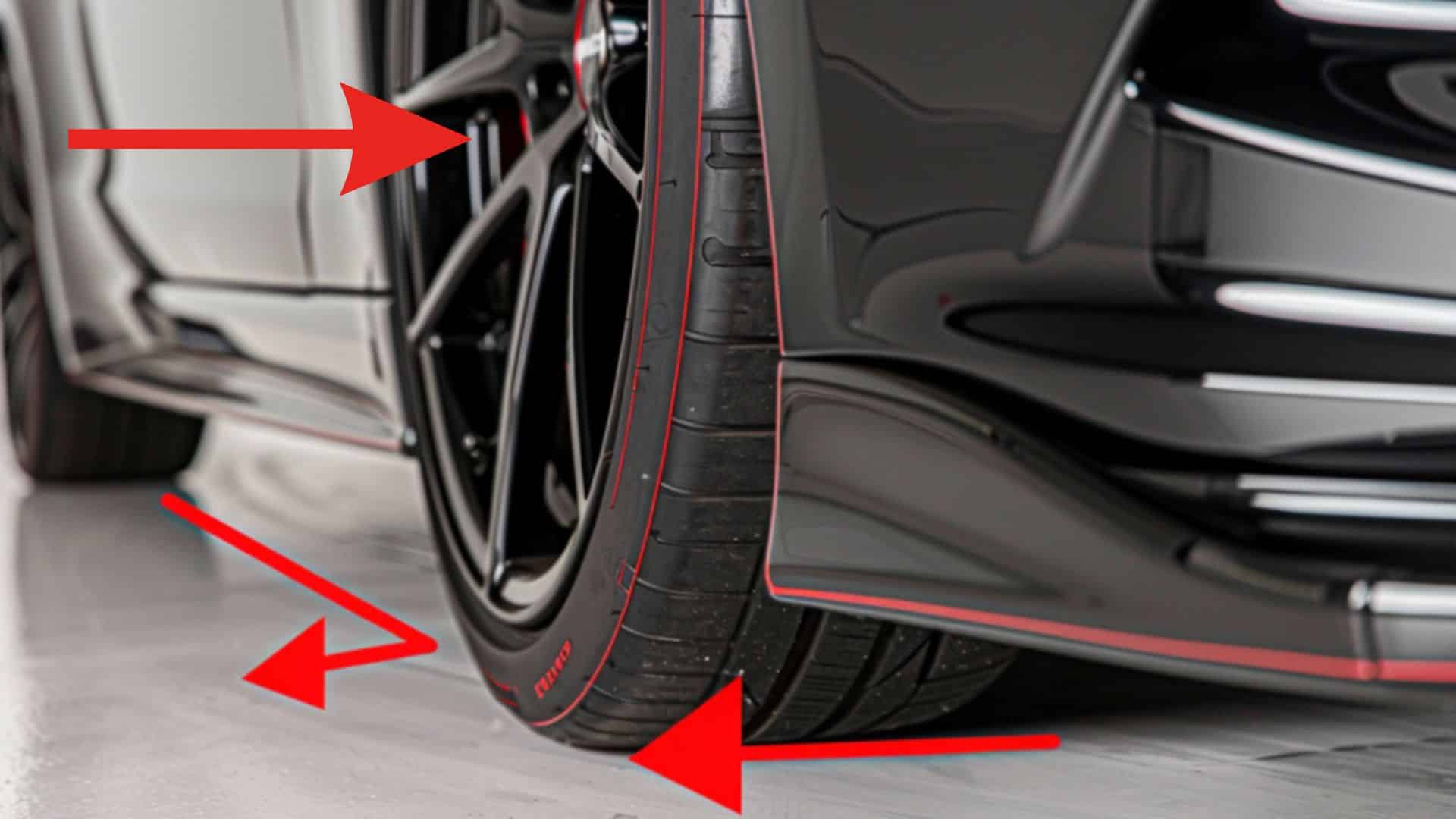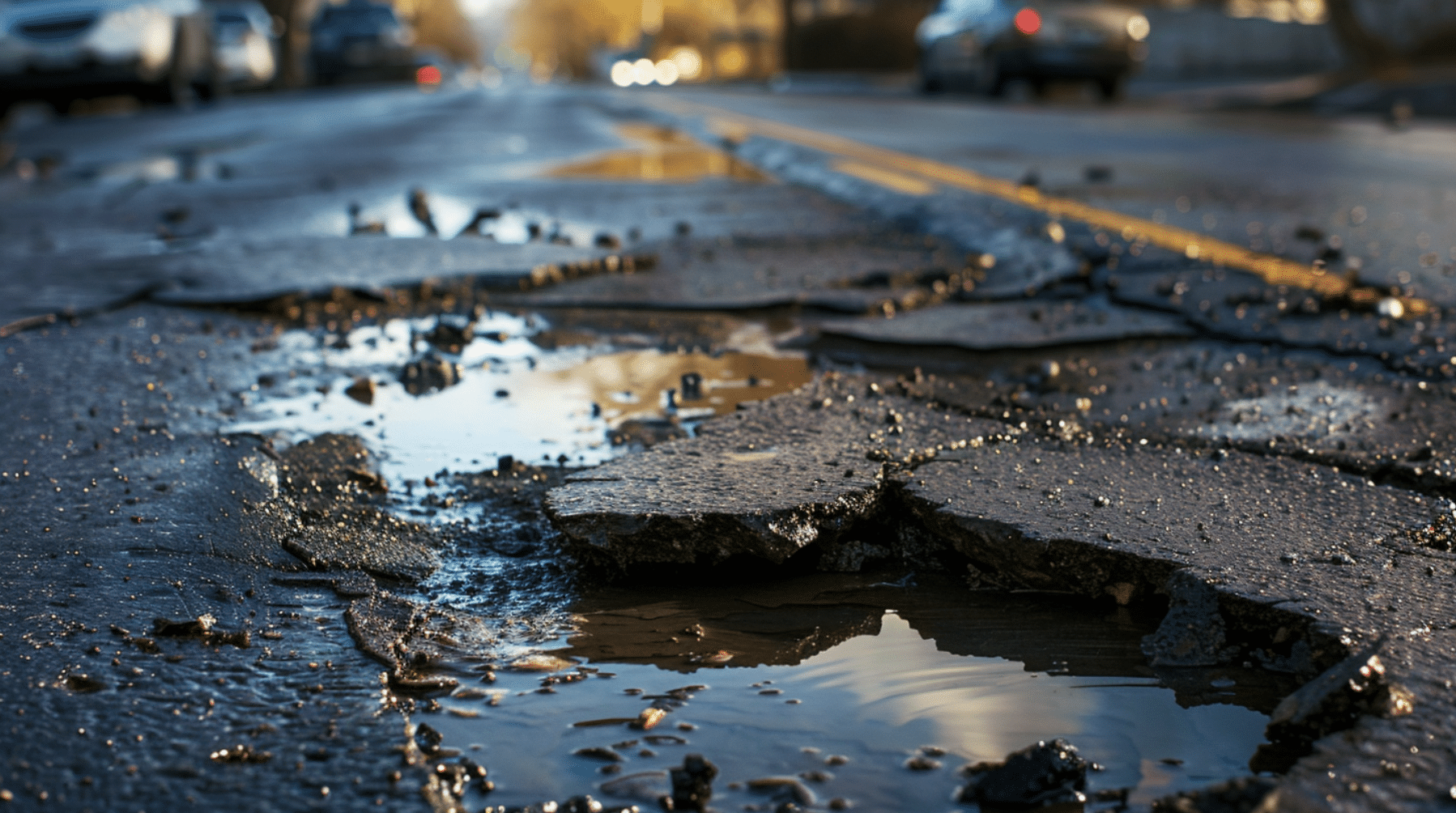Are you tired of hearing strange noises coming from your car’s wheels? Unusual vibrations or looseness in the steering wheel can be unsettling and potentially dangerous.
The culprit behind these issues is often a faulty wheel bearing. In this step-by-step guide, we’ll walk you through identifying the signs of a failing wheel bearing so you can address the problem before it leads to more severe consequences.
By the end of this article, you’ll be equipped with the knowledge to recognize the symptoms, understand the importance of timely repairs, and ensure a safer, smoother driving experience.
Let’s dive in and learn how to diagnose a bad wheel bearing like a pro.
Auditory Signs of A Bad Wheel Bearing

Noises coming from the wheel area are often the first sign that something is wrong with your wheel bearing. Any unusual noise should be a cause for concern and warrant a closer inspection to identify the problem.
Specific Symptoms
Watch for these specific noises when listening for signs of a failing wheel bearing.
- Humming: This noise often occurs at varying speeds and may sound similar to your tires’ noise on the pavement, but it will be louder and more pronounced.
- Growling: A growling noise is deeper and more guttural than humming, indicating that the bearing damage is more severe.
- Grinding: If you hear a harsh, metal-on-metal grinding sound, it typically means that the bearing is severely damaged or about to fail.
Pay attention to how the noise changes with the vehicle’s speed and when making turns. These changes can help you determine which specific bearing may be failing.
Tactile and Visual Signs of A Bad Wheel Bearing

While physical symptoms of a faulty wheel bearing may not be as immediately noticeable as unusual sounds, they are just as important to recognize. Attention to your vehicle’s feelings and appearance can help you identify bearing issues.
Specific Symptoms
Look for these tactile and visual signs of a failing wheel bearing.
- Steering wheel vibrations or wobbling: These sensations can occur even at low speeds and may become more intense as you accelerate.
- Uneven tire wear: A faulty wheel bearing can cause an uneven distribution of weight and stress on the tire, leading to uneven wear patterns.
- Observations during inspections: When your vehicle is jacked up, regularly check for any play or movement in the wheels. If you notice looseness, it indicates that the bearings are worn.
Vehicle Response Issues Due to A Bad Wheel Bearing
Your vehicle’s handling and performance can provide valuable insights into the condition of your wheel bearings. Pay attention to how your car responds and behaves while driving.
Specific Symptoms
If you experience any of these vehicle response issues, it may be due to a failing wheel bearing.
- Difficulty steering or “loose” steering feel: When a bearing starts to fail, it can reduce the responsiveness of your steering, making your vehicle feel less stable and harder to control.
- Vehicle pulling to one side: If your car tends to pull to one side, especially when braking, it can indicate a bearing issue on the side the vehicle is pulling towards.
- Unusual behaviors in the Anti-lock Braking System (ABS) indicators: Faulty wheel bearings can disrupt the ABS sensor, causing warning lights to appear on your dashboard or leading to erratic ABS behavior.
Causes of Wheel Bearing Failure
1. Impact from Potholes or Road Debris

One of the most common causes of premature wheel bearing failure is sudden impact with potholes, road debris, or curbs.
These collisions can cause physical damage to the bearings, compromising their integrity and leading to a shorter lifespan.
Even if the impact doesn’t cause immediate failure, it can weaken the bearings, making them more susceptible to future issues.
2. Exposure to Water, Mud, or Corrosive Substances
Wheel bearings are protected by a seal that keeps grease and contaminants out.
However, when water, mud, or corrosive substances like road salt breach this seal, they can contaminate the bearing grease.
Over time, this contamination leads to corrosion and increased wear on the bearings, ultimately causing failure. It’s essential to address any seal damage promptly to prevent further contamination.
3. Effects of Modifications Like Larger or Unbalanced Tires

Installing larger tires or poorly balanced wheels can strain your vehicle’s wheel bearings.
These modifications increase the load and stress on the bearings, causing them to wear out faster and potentially leading to premature failure.
Additionally, these changes can affect your vehicle’s handling and dynamics, indirectly putting more strain on the bearings.
If you plan on modifying your tires or wheels, it’s crucial to consider the potential impact on your wheel bearings and take steps to minimize any negative effects.
Assessing the Severity of Wheel Bearing Damage
While home testing can help identify potential bearing problems, professionals have access to advanced diagnostic tools and techniques that can provide a more accurate assessment.
- Precision Instruments: Mechanics may use dial indicators to measure the exact amount of movement in the wheel hub, helping them determine the extent of bearing damage.
- Computer Diagnostics: For vehicles equipped with ABS, professionals can use diagnostic tools to check for fault codes related to the wheel speed sensors and bearings, which can help pinpoint the issue.
Signs That Immediate Professional Assessment is Required
Certain symptoms indicate a need for an immediate professional inspection.
- Significant Noise: If you hear loud grinding noises that persist regardless of vehicle speed or road conditions, it’s a sign of severe bearing damage that requires urgent attention.
- Excessive Wheel Movement: If you notice that the wheel moves excessively from side to side or wobbles significantly during a physical check, it’s crucial to have a professional assess the bearings as soon as possible.
- ABS Warning Lights: If your ABS warning lights activate, it could indicate that a failing bearing is impacting the wheel speed sensor, and immediate professional attention is necessary.
Preventative Measures and Maintenance of Wheel Bearing
Taking a proactive approach to wheel bearing maintenance can help extend their lifespan and prevent premature failure. Here are some preventative measures and maintenance tips to keep in mind.
1. Routine Inspections
Make a habit of visually inspecting your wheel bearings and listening for any unusual noises during regular service checks or oil changes.
This will help you catch any potential issues before they become more serious.
2. Cleaning and Lubrication
Keeping your wheel bearings clean and properly lubricated is essential to prevent dirt and debris from causing excessive wear and tear.
Follow the manufacturer’s recommendations for the appropriate type of lubricant and the recommended lubrication intervals.
3. Check for Water and Contaminant Exposure
If your vehicle is frequently exposed to water, mud, or corrosive substances like road salt, it’s crucial to check your wheel bearings more often.
These contaminants can penetrate the bearing seals and cause damage over time, so regular inspections are necessary to catch any issues promptly.
4. Tire Maintenance
Properly maintaining your tires can also help extend the life of your wheel bearings. Ensure your tires are always inflated to the recommended pressure and your vehicle’s alignment is checked regularly.
Uneven tire wear and misalignment can stress your wheel bearings, leading to premature wear.
5. OEM Parts
When replacing wheel bearings, it’s best to use OEM (Original Equipment Manufacturer) parts or equivalents that meet or exceed the manufacturer’s specifications.
Using high-quality parts ensures optimal performance and longevity.
6. Professional Installation
Always have your wheel bearings installed by a qualified professional. Improper installation can lead to premature failure, so it’s essential to trust the job to someone with the necessary expertise and tools.
7. Regular Schedule
Follow the manufacturer’s recommended maintenance schedule for checking and replacing wheel bearings.
This schedule may vary depending on your vehicle type and usage, so consult your owner’s manual or a trusted mechanic for guidance.
In general, it’s a good idea to have your wheel bearings inspected at least once a year or every 12,000 miles, whichever comes first.
Conclusion
In conclusion, identifying the signs of a faulty wheel bearing is crucial for maintaining your vehicle’s safety and performance.
By being aware of the auditory, tactile, visual, and performance-related symptoms, you can catch bearing issues early and prevent more severe damage.
If you suspect a problem, don’t hesitate to perform home tests or seek professional assistance.
Prevention is key, so follow a regular maintenance schedule, use high-quality parts, and keep your bearings clean and lubricated.
By taking these steps, you’ll extend the life of your wheel bearings and ensure a smoother, safer ride.
Stay vigilant, and don’t let a failing wheel bearing catch you off guard. Your vehicle’s safety and your peace of mind depend on it.


